For what we risk biodiversity (2): Toilet paper
Author: Kerstin Schnatz
The tallest hardwood trees on earth are towering 90 meters and more in height in Tasmania. The island state 240 km South of the Australian mainland is not just famous with hikers and nature lovers – it also has a very strong timber industry. Now the Australian government wants to open more forest sites for potential logging.
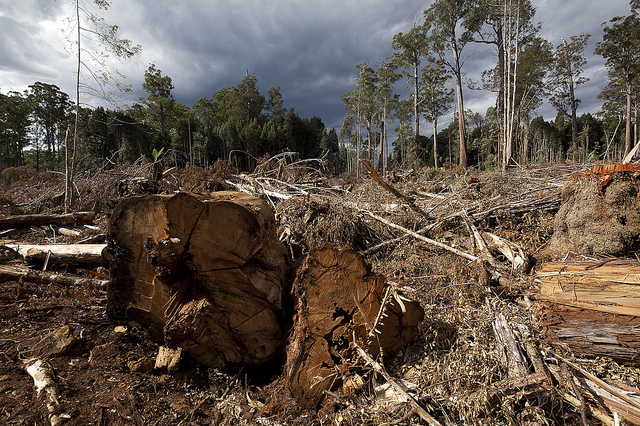
Picture from February 2012: A logging site close to the Tasmanian Wilderness World Heritage Area.
(Photo credit: CC BY NC SA 2.0: Ta Ann Truths)
Almost 50% of Tasmania’s land area is protected for a good reason: The ancient forests give a habitat to many threatened species such as the almost extinct Tasmanian devil or the endangered Tasmanian wedge-tailed eagle.
Now the worst nightmare of Australian environmental activists has come true: Their government has put in a pledge to the United Nations to remove 74.000 hectares of Tasmanian forest from world heritage listing. The very land had only been protected in 2012 within a larger area of 174,000 hectares, ending a decades long conflict between the timber industry and environmental groups. The reason? The relativele new Australian government that had been elected in 2013 finds the area not so special after all. Government speakers reckon that much of the area had been logged already anyway and should not have been considered for protection in the first place.
Naturally, environmental groups think of this otherwise stating that almost 93% of the area in question consists of precious old growth forests. They fear, that their government wants to open the doors for the Tasmanian timber industry – one of the most thriving branches of the tiny state’s economy.
Large international companies such as Malaysian owned veneer manufacturer Ta Ann have wood manufacturing mills in Tasmania. Many of those mills produce woodchips used for making writing paper, tissues or even toilet paper.
To proof how precious and needy of protection Tasmania’s forest are, the Wilderness Society released pictures of the area in question.
Harsher images paints the Tasmanian Leader of the Green party with his words stating in a television report by the national TV channel ABC : “Logging in a world heritage area is akin to the Taliban dynamiting millenia old religious statues.”
We all agree, that nature’s richness is precious and needs to be protected. But at the same time it sometimes “just happens” that this precious biodiversity is set at risk. To raise awareness for this contradiction, we started this little blog series, featuring examples of this phenomenon. See part 1 here. If you know similar examples, that fit into this series, please drop us a line in the comment box below.
Little monsters under your desk
Yes, it’s true. You are not alone in your office. Even if you are not at work, there’s someone (or something) living right under your desk, in your office’s restroom, or inside of your keyboard. How is that? Researches from the University of Oregon in Eugene (USA) examined 155 rooms of a University building – offices, classrooms and toilets. According to a paper, published in the “PLOS One” magazine, they identified about 30,000 different species of bacteria. A few of them could be found in each of the rooms, some only lived in certain spaces.
The researches identified basically Proteobacteria and Firmicutes cultures. Those are common to be found inside of buildings and close to humans, plants or in the soil. They also lived in the restrooms, alongside bacteria strains that live on skin or inside humans, such as gut bacteria (for example Lactobacillus or E. coli). No big surprises here.
What does that mean for the office people? After all, it’s us who work and live with tens of thousands of those species every day. It does not mean a lot yet. Research has to go on now to estimate if the bacteria do have a bad, good or at least any influence on the human wellbeeing. But the examinations already showed that design and facilities of different rooms do have an influence on the bacteria found in the rooms. If the room was air conditioned it was mainly filled with strains that are heat- or drought-resistant. Rooms with a regular ‘natural’ ventilation were crowded with bacteria that usually lives outside of buildings.
Top5: You better steer clear of these venomous (or poisonous?) animals
When we start talking about animals that can easily kill or at least terribly hurt humans, we have to start with a clarification: There’s a difference between venomous and poisonous creatures. The difference lies in the delivery of the toxic material that harms a human being. Let’s say, a king cobra bites you, it delivers the poison by performing an action. That’s called venomous. If you, on the other hand, happen to eat incompetently prepared toxic puffer fish (or Fugu), it’s called poisonous. The fish does not take action but scores a strike anyway. Fugu is considered to be a delicacy in Japan, by the way. When its organs, which are covered by neurotoxins are hurt, the meal could easily become the last one for the brave eater.
So how do we compile this list of the Top5 of venomous (or poisonous) animals? We take the deadliness of the candidates into account. And here are the winners of the competition, remarkably enough most of them live in the oceans:
But let’s stay out of the water first. The poison dart frogs are a group of frogs (Dendrobatidae) in various colors from blue to red or black. The most deadly species is called the golden dart frog. It caries enough venom to kill 10 grown men. The frogs were given the name by the indigenous people of Colombia who used the strong toxic to tip their blowgun darts for hunting.
You have to look twice to not step upon the second member of our list. The stonefish got its name from its ability to camouflage itself by donning stone like colors. But what is so dangerous about this fish? Along the stonefish’s back a row of 13 venomous spikes is protruding from its spine. It does not really attack its victims, but squeezed or pressured the spines release their venom. The result is terrible pain, muscle weakness, shock and – if untreated – death.
The next sea creature in our list you better not pick up as well. The marbled cone snail has a sting to protect itself from enemies. But also to attack , if a careless collector comes up with the slightly stupid idea to grab the marble housing. As there is no antidote available, touching the snail most commonly is followed up by an initial sharp pain, paralysis and may result in death within 2 to 6 hours.
Number four: The Blue-ringed octopus is as deadly as any other of the competitors in the list. And it is malicious because it bites and the bite is said to be painless. If bitten the clinical effects depend on how much of the venom was transferred into the wound. Usually the symptoms set in fast. Within minutes, the victims feel numbness, muscular weakness and difficulty breathing and swallowing. Death is possible. Experiments with the venom concluded that a single adult octopus is able to fatally paralyze 10 adult humans.
We started the list with a blue species and we are going to finish it the same way. The box jellyfish (or sea wasp) got it’s name from the shape of their bell. The jellyfish’s toxic is delivered through it’s up to 3 m (10ft) long tentacles to attack the victim’s heart, nervous system, and skin cells. Because of its painfulness, human victims may go into shock or die by heart failure. It’s possible to survive attacks, but survivors experience long-lasting pain and often have scars where the tentacles made contact.
Stay save out there.
The driving force of life: evolution
Hearing the word “evolution” might immediately transport you all the way back to you upper school biology class – to Darwin and his finches, and to Lamarck with his long-neck giraffes. Remember? In case you also recall just how boring it was, rest assured the topic is actually quite colorful:
Without evolution life would not have exploded into such colorful diversity. And without diversity of life, evolution could not work – the two are inextricably linked. (And with Global Ideas focusing on biodiversity for the next few years, it’s certainly worth taking a closer look at evolution)
Exactly what any form of life will look like (shape, colour, size for example) is mainly determined by its genetic information. And it’s at the genetic level where you’ll encounter nature’s first frontier of diversity. (Human hair for example has not the same colour for every person, but we can all have different hair colours).
At some stage our original genetic information might get altered by mutations. What sounds like a spooky scifi blockbuster kind of thing is in fact rather harmless: Think of it as a typo. If a letter in a word misspelled, you can still understand what the meaning of this word is. Over time, many mutations can occur in a species genome – most of these without any effect, a few resulting in severe illnesses, while others might turn out to be an advantage at some point in the future.
What sort of advantage might that be? Imagine, you are a rather awkward looking creature standing out from the crowd. But your unflattering appearance might actually save your life, if it helps you to disguise and hide away from predators. A British butterfly species is a good example: In its native British Isles the little fellows would live and flutter about mostly near birch trees. The butterflies used to be whitish or at least really bright in color. A few ones would don a special outfit – with black spots on their wings. (And if there was bullying among butterflies, they would have been the ones getting bullied all the time).
But in the course of the industrial revolution taking off in the early 19th century, the region turned dark and dirty from all the soot of the coal fires powering the factories. That’s when the “peppered moth” emerged: Once “bullied” for their different look, these guys now had an advantage: the trunks of the birch trees also covered in soot were no longer white. Suddenly the white butterflies were easy prey for birds, while the peppered moth now blended in very well with the dirty surface of the trees. As a result most of the white butterflies got eaten and could not reproduce anymore, the black-and-white version still could.
That’s what evolutionary biologists call “natural selection“: for whatever reason a species might come under pressure (e.g. through changing climate, food scarcity etc.), and only those species that possess adequate features will survive. This may not only be a certain visual appearance, but also a special “talent” or other characteristic, like being more resilient to drought than others. It’s possible that such features would never surface, without evolutionary pressure.
To see how this can help diversify life, we have to travel from England half way round the world to the famous Galapagos Island. There you’ll find a bunch of finches, the “Darwin finches”. They all look quite similar – apart from their very different beaks, as Charles Darwin noted back in the 1830s.
The birds all lived on the same island and used to feed on almost the same things. With all of them literally competing for the same resources the pressure was on. But birds with larger beaks had an advantage gobbling up larger grains, that small-beak-finches would not be able to pick . In turn, finches with a small beak outperformed the other ones when it came to smaller grains. In this way, over many generations one finch-species would diversify into many different finch species thereby adapting to local living conditions.
Work in progress?
Of course, this does not happen from one moment to another. Not even over the course of individual life spans, but rather over many generations. While we cannot observe human evolution “at work”, human life spans are much greater than those of other, and particularly small organisms. To explore evolution in action, scientists therefore often choose organisms with very short lifespans, that reproduce quickly, like mealworm beetles or the three-spined-spickleback. And even if we can’t see it – humans still evolve: Some scientists say, humans are not complete yet [link German only].
Mankind’s best friends
Many people share their homes with them and all of us benefit from them – for example for food. Without the help of animals, mankind would probably not be as advanced as it is today. Some species have been on our side for a very long time. But which was the first species that joined human lives? Which animal was first domesticated and why did our ancestors choose this particular species?
Pigs are among the youngest members. Humans began to domesticate pigs around 4600 B.C. Evidence in form of fossils and DNA pieces for the time has been found in northern Germany. The finding is especially significant because the people in that era were Mesolithic hunter-gatherers (the so called Ertebølle culture) who may have already started to domesticate dogs but were not known to raise animals and crops for food.
Our list continues with one of the most beloved pets of our time, the cat. The oldest record of a cat living together with humans has been found on Cyprus about 9,500 years ago. Scientists found a young man buried along with a wildcat. Looking at Egypt about 4000 years ago, we find wall art displaying mummified cats. So we can be certain that feral cats by that time had already become loved pets. So it is clear that domestication happened in between these two dates. When exactly and why we don’t know yet.
Looking at sheep, the history of their domestication by mankind started even earlier. In ancient Mesopotamia the wild mouflon was domesticated between 11000 and 9000 B.C. These sheep were primarily raised for meat, milk, and skins. Wool only became important a few thousend years later, around 6000 B.C. In Iran a trading system was established that exported the wool to Africa and Europe.
The last animal in our list has been alongside of humans since between 18,800 and 32,100 years ago in Europe. A study explains that our ancestors started to turn their lupine foes into their best friends. We are talking about the dog. Or at least an animal that is a direct relative of the dogs we know today. Fossils of dog-like animals have been found, the study explains. But these creatures did not appear to leave any descendents, so there is no perfect proof as long as nobody can travel back in time to see our grand-grand-grand-grand-folks with their poochies.



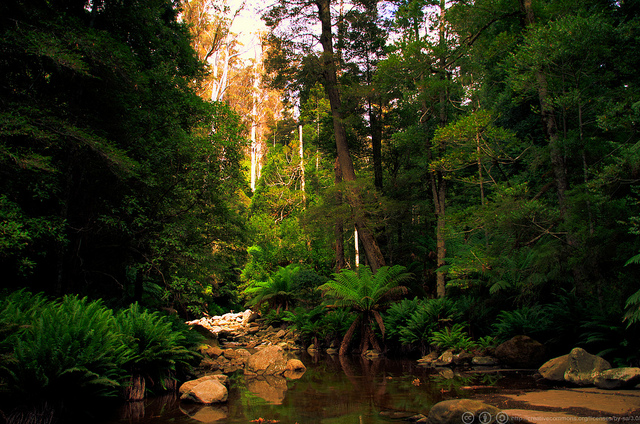

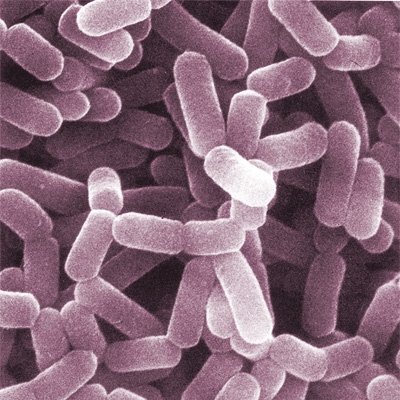
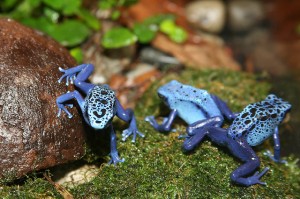
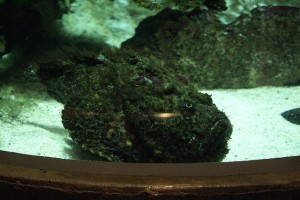
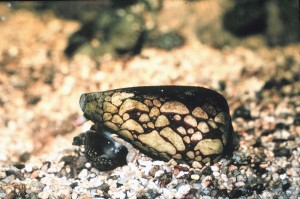
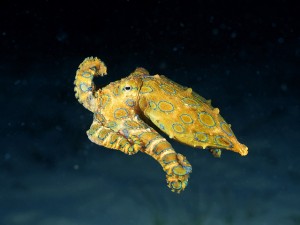
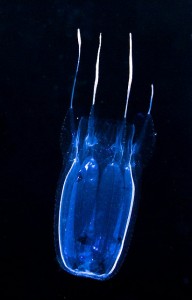
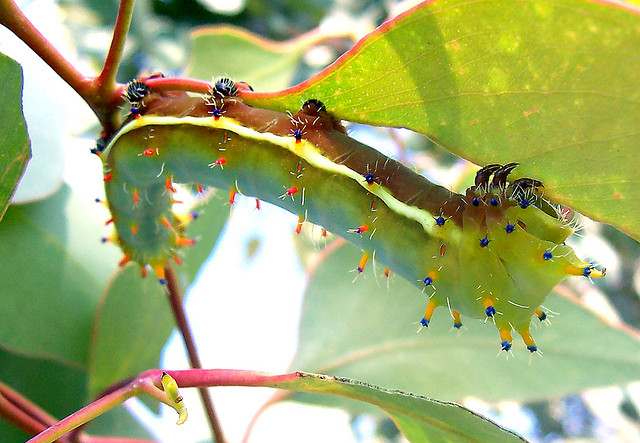
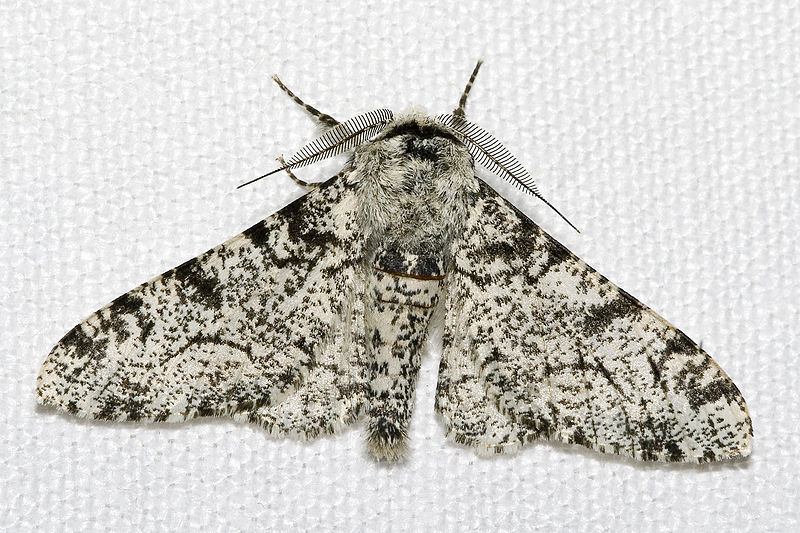
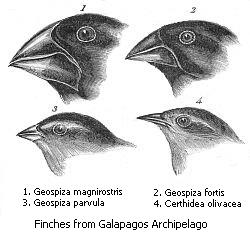
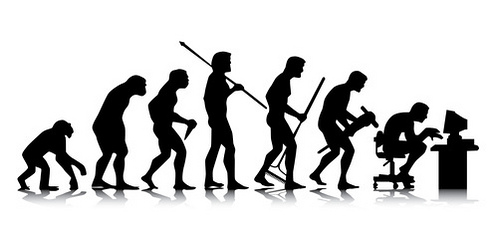

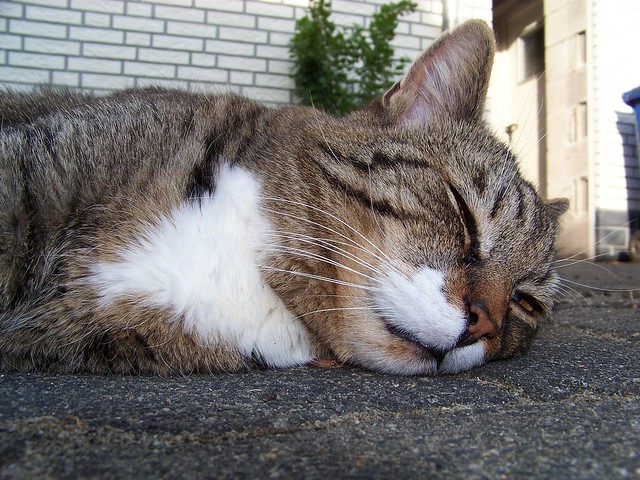

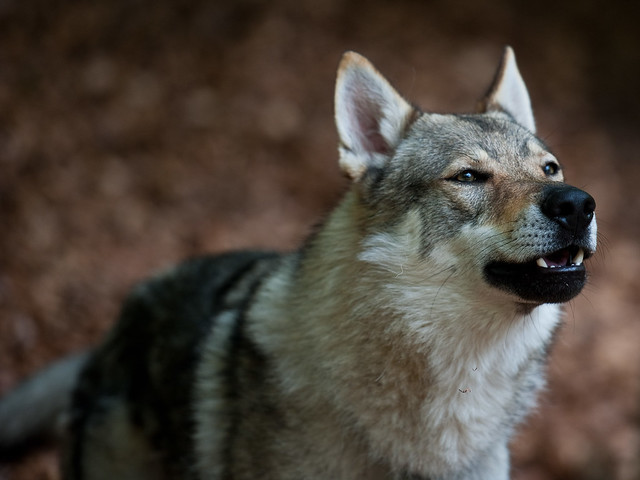




Feedback